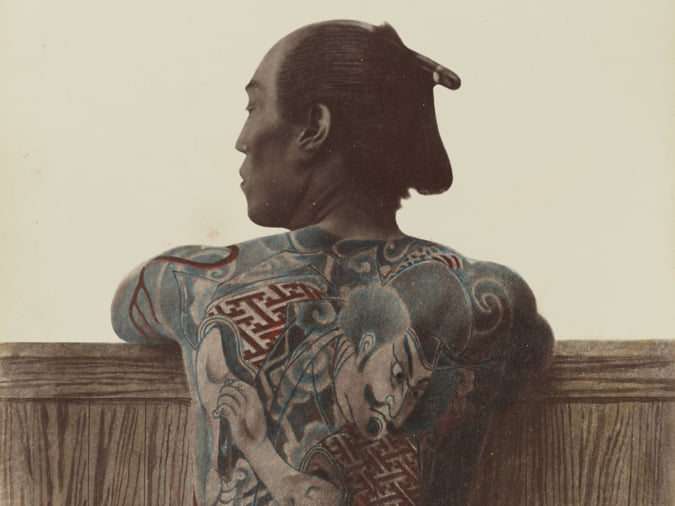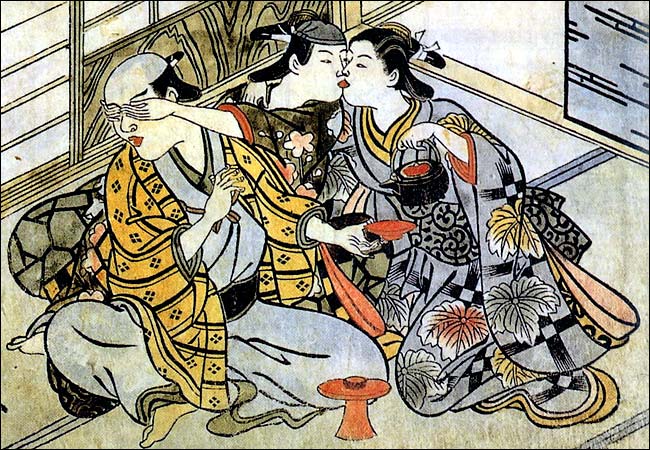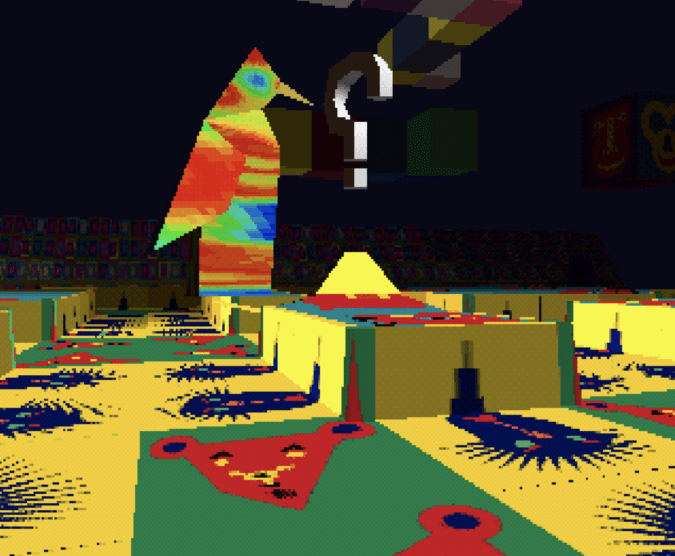Colour Photos of Yakuza Tattoos from the Meiji Period
19th-century photographs have captured the usually hidden tattoos that covered the bodies of the members of Japanese organised crime gangs.
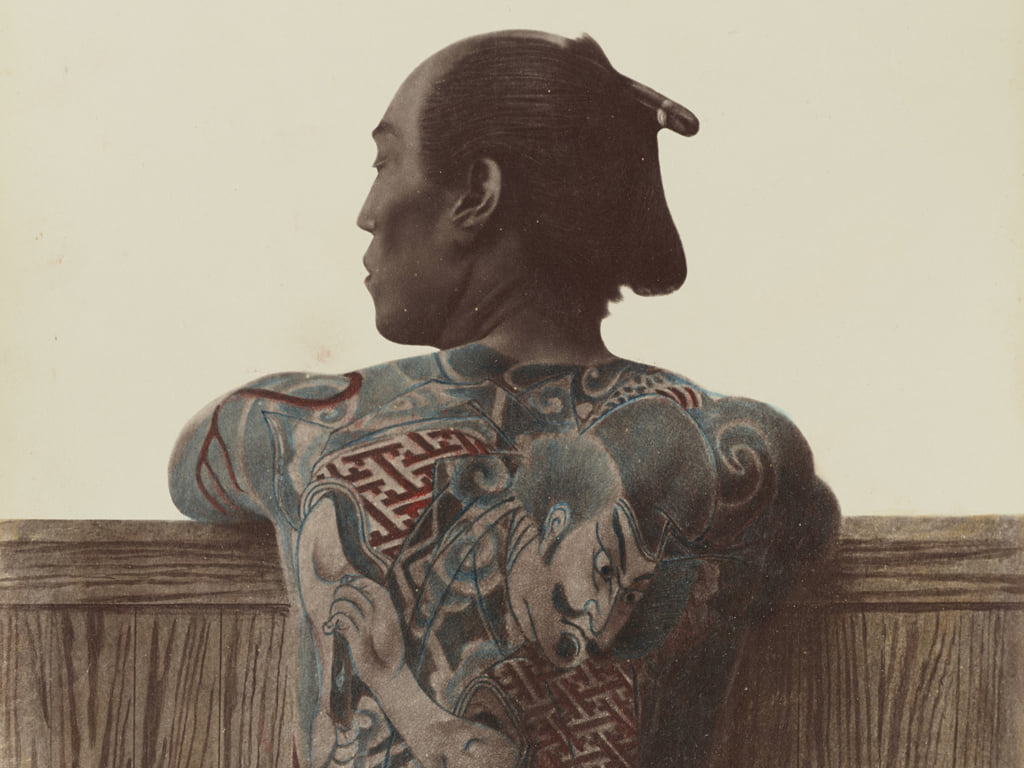
‘Japanese Tattoo’; Kusakabe Kimbei or Baron Raimund von Stillfried.
These photos, taken when photography arrived on Japanese soil between the mid- and late-19th century, show the tattoo-covered skin of the yakuza. Often captured in profile or from behind to avoid being recognisable, these men proudly display their irezumi, the Japanese name given to tattoos that cover large areas of the body.
Viewers can note the multitude of motifs, their subtle encroachment onto the bare skin, the surface area of which decreases over time, as well as the colours – blue, red and green – added to the photograph afterwards, by colourists who apply paint to the photo with a delicate hand, enlivening the dragons, flowers, and creatures in human form with colour.
Tattoos as a mark of unity
These motifs aren’t chosen at random or purely for their aesthetic value. The yakuza select them based on their meaning: the carp represents courage, the dragon symbolises wisdom, the tiger embodies strength, the snake is a symbol of healing… The members of a clan often have the same tattoos, with a strict requirement: that they are not visible in everyday life. Certain parts of the body, like the calves, wrists, hands, neck, and face, remain unadorned, with any tattoos being concealed under clothing.
These traditional tattoos used to be done by hand, using the tebori technique that translates as ‘hand engraved’. The tattoo artist would mark the skin with carbon ink mixed with coloured pigments, using a bamboo rod with a bundle of needles bound to the end. This ancestral technique takes years to master, and is still practised today by some tattoo artists like Tsuyoshi Honda.
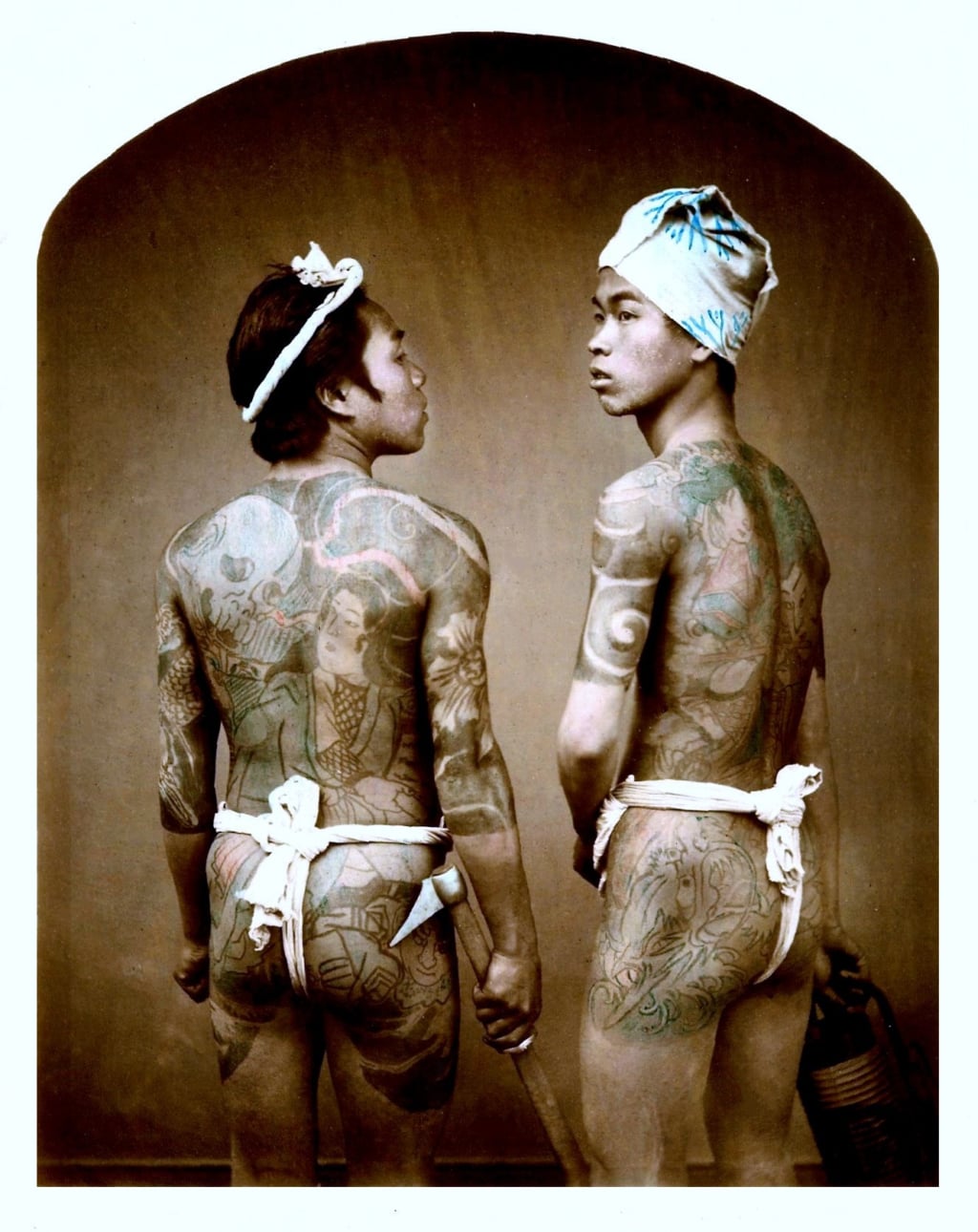
The tattooed men of old Japan - 入れ墨 Early 1870s photograph by Baron von Stillfried.

The tattooed runner - Taking a Break on a Cask of Sake 入れ墨

The tattooed men of old japan 入れ墨, photograph by Baron von Stillfried.
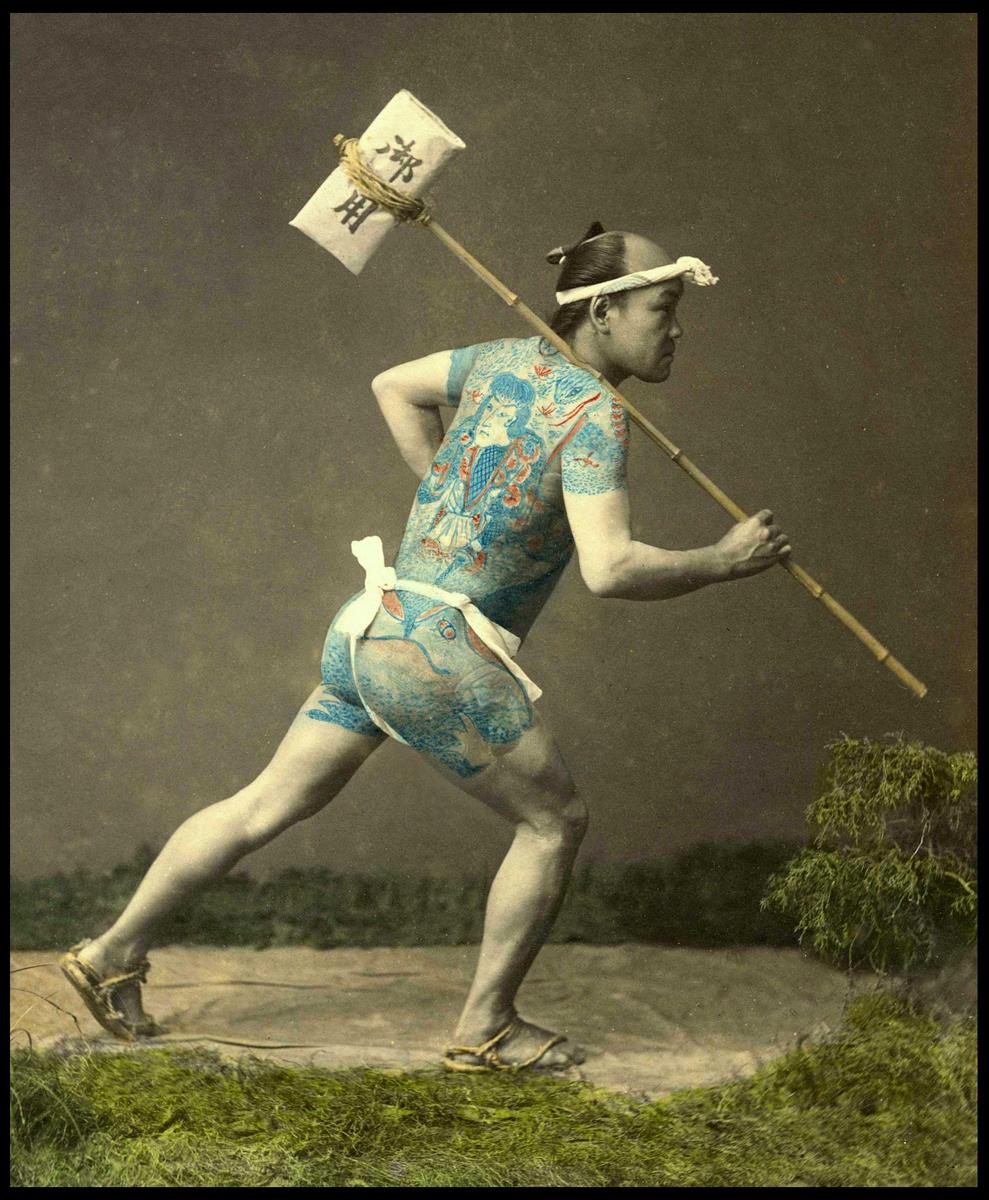
Tattooed post runner - Delivering the Mail in Old Japan 入れ墨Printed and Published by the Kimbei Kusakabe studio. 1893
TRENDING
-
The Tattoos that Marked the Criminals of the Edo Period
Traditional tattoos were strong signifiers; murderers had head tattoos, while theft might result in an arm tattoo.

-
Colour Photos of Yakuza Tattoos from the Meiji Period
19th-century photographs have captured the usually hidden tattoos that covered the bodies of the members of Japanese organised crime gangs.

-
The Trendiest ‘Sento’ and Saunas in Tokyo
The bath culture remains vibrant in the capital city, where public baths and saunas designed by renowned architects are continuously opening.

-
Rituals of Ancient Gay Shunga Erotica
Shunga was prolific in Japan during the Edo period, with ‘nanshoku’ referring to the depiction of homosexual erotica.

-
‘LSD: Dream Emulator’, an Avant-Garde Game Released on PlayStation
In this video game created by Osamu Sato and released in 1998, the player explores the surrealist, psychedelic environment of a dream.


